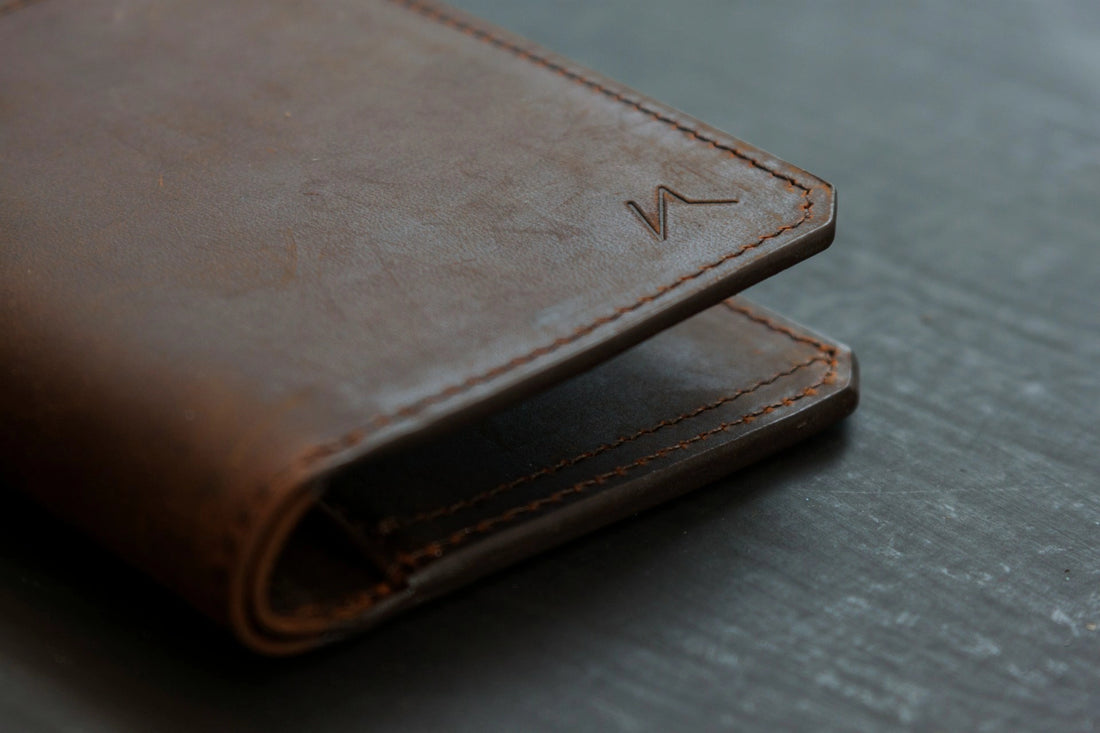
The Science Behind Cleaning and Conditioning Leather: What Makes It Last
Share
Leather has a sponge-like interior with a moisture content above 40%. Maintaining this moisture is vital for preserving the leather's suppleness and preventing shrinkage, loss of flexibility, and eventual cracking. Applying a conditioner with moisturizing properties helps replenish moisture and lubrication inside the leather. This process is crucial for long-term leather care, especially as the material ages.
Removing Contaminants
Regular cleaning is essential to prevent dirt, dust, and debris from becoming embedded in the leather. These contaminants can cause the material to dry out and become brittle if left unattended. To clean leather effectively:
- Use a soft, dry cloth or brush to remove surface dirt
- For deeper cleaning, use a damp cloth with a gentle leather cleaner
- Avoid scrubbing too hard, as this can damage the leather
The Science of Conditioning - Hydration and Moisture Balance
Leather conditioning is a crucial step in maintaining the material's suppleness and preventing damage. Leather conditioners typically contain oils, waxes, and emollients that are absorbed by the leather fibers. These components help replenish lost moisture, keeping the leather supple and preventing it from drying out.
As the conditioner is absorbed, it lubricates the fibers, allowing them to move more freely. This enhances the leather's tactile qualities, making it more comfortable to touch and wear.
